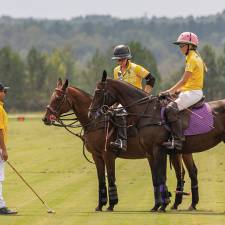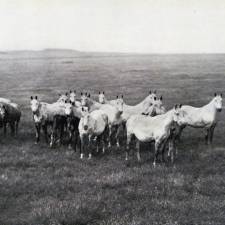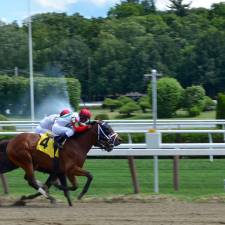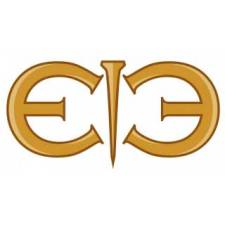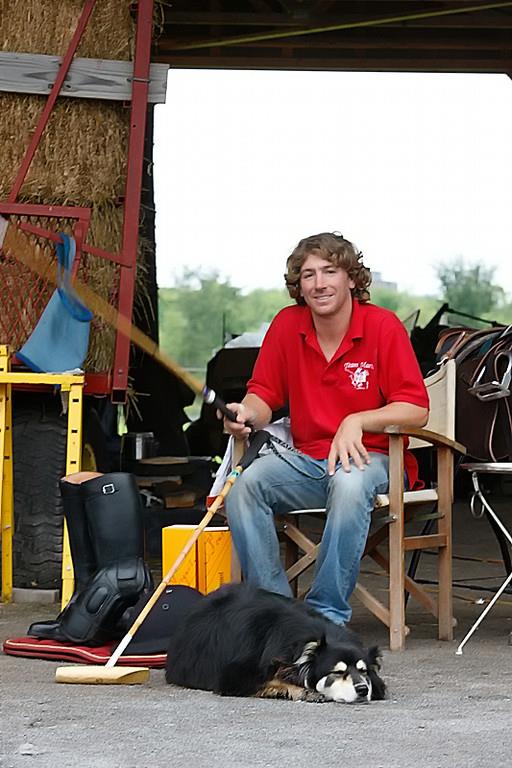
Equine Info Exchange recently spoke with Mario Dino Di Salvo at the Saratoga Polo Club where he is located from spring to fall playing polo and teaching lessons.
EIE: Tell us about growing up in Argentina. It is a vast and beautiful country. Did you group up near Buenos Aires?
MD: I grew up in Veinticinco de Mayo, a city located about 2 and 1/2 hours away from Buenos Aires. There are no mountains or snow there!
EIE: Please describe the Argentine culture with horses.
MD: I don't know how to describe it, because I was lucky that my grandparents had a farm and we always rode. The horses at the farm were for work. We would go and move animals from one pasture to another or just go and check on them, everything was done on horses. That way you ride a lot, growing up was fun and. I didn't realize how many hours of riding I got on vacations working with my grandparents.
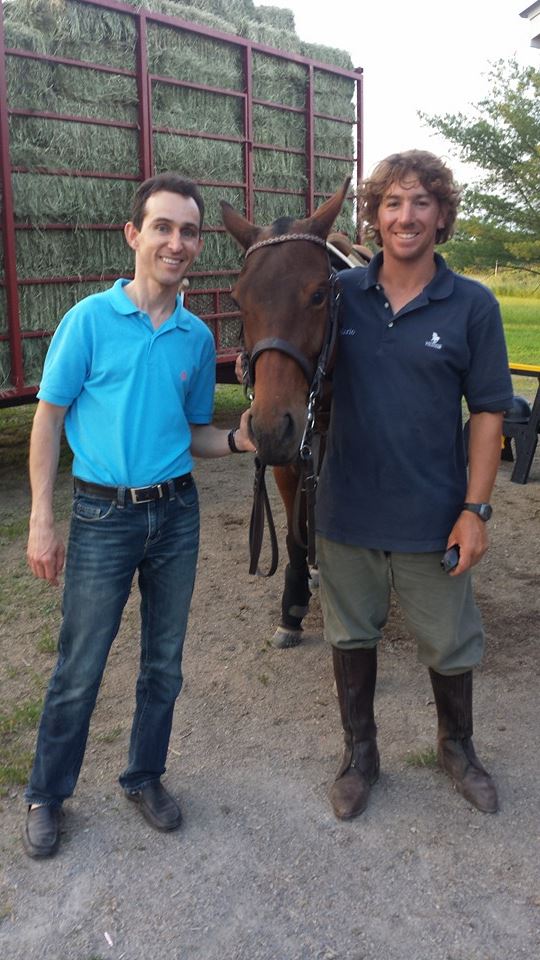
EIE: How did you start playing polo?
MD: I started when I was 20 after seeing my friend Martin playing so many times. I liked it and tried it!
EIE: It seems that polo is a national sport in Argentina. Is this why some of the best polo players and ponies in the world are from Argentina?
MD: Argentina has great breeding and training facilities, and also the greatest horses for every level. Over there they have been mixing the thoroughbred with the criollo breed for many years, and also bringing horses from other countries has made what we call today the Argentinian Polo Horse.
EIE: Which types of horses make the best polo ponies, considering both conformation and temperament? How do you find polo prospects?
MD: I like to have horses that have manners around people and are easy to ride. Since I play low/medium goal polo I don't need really fast horses, so it is easier for me to have quiet temperament horses. The high polo horses sometimes come with hotter blood, but not all of them do.
EIE: Have you ever used retired racehorses as polo ponies?
MD: I trained some ex race horses to play polo. The American thoroughbreds are very nice, also fun to ride. Many ex race horses become excellent polo horses.
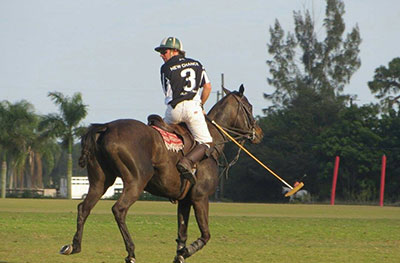
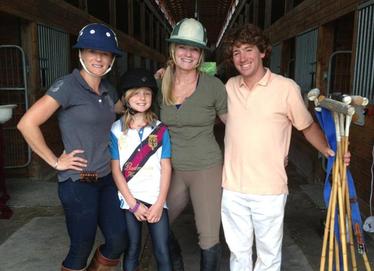
EIE: Describe the process of getting horses read for a game.
MD: The polo ponies and game of polo can take 25 hours of your day if you had it! Normally the day starts feeding the horses and cleaning the stalls, then you brush them and take them on set (one rider leading multiple horses) to exercise on the track.
Depending on the day and the trainer, the horses walk for about 20 minutes, then trot another 20 and walk another 20 minutes. Again, I repeat that is all about the trainer's decision for that day. Then, you return to the barn and wash all the horses' legs and brush them. Once they are dry they go back into the stall where they get lunch. If there is a horse that needs some more attention then you give it to them.
The polo groom is a very important person in the sport and is someone who is on your side. The groom spends most of his or her life around your horses and sees everything that's going on - if the horses are tired, are strong, are sore, the groom is the first one to see it. The groom also loves those animals and that is the person you want in your barn, because you want your horse taken care of but also be in a friendly barn where they are not scared and they can sleep when they are tired and eat when they are have to. You can write a whole article about the important role of a polo groom!
When I play a game I normally play one of my older horses in the first chukker so I can think about the game and not about my horse. Then, I play the rest of the horses. When you play with a team for quite some time you can have a team meeting and see what are the pros and cons of using each horse for each chukker and make a list that will fit the team.
As we know Polo is high risk sport, I recommend having your horses in shape for the game as your tack, and you have to be in shape too. People believe that since you are not running you don't get tired. If you look at the best players and horses they are very fit so you can be fast and think fast.
EIE: Tell us about your polo school. How did it get started? You give lessons to both kids and adults, correct?
MD: I liked Saratoga since the first time I came. It is a very fun city and has decent polo, so I decided that I wanted to be here. My first lessons were in Virginia and the students liked the way I taught (maybe because I have many school teachers in my family) and I decided to open and school in Saratoga.
It is not easy but it is fun! I have a lot of fun with the kids. They are amazing and is great to see the old great horses I get from friends or teams that they don't want to have them play hard any more taking good care of the kids. The polo horse is a great animal.
The rest of the students are very dedicated since some has never ridden before and they want to play, so they need to do a lot of catching up before they play. It is nice to see the progress from day one. At first, they can't tell the difference between one color and another and afterwards they know them all!
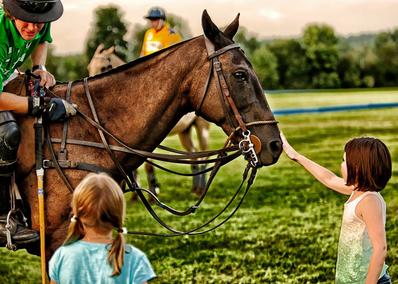
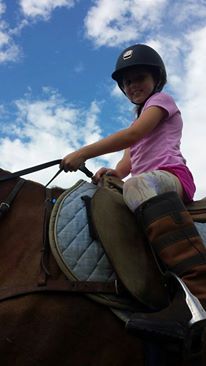
EIE: Where else do you give lessons apart from Saratoga?
MD: I give lessons in Florida when I am there, but my program is base in Saratoga.
EIE: Where is your favorite place to play polo?
MD: I like to play polo everywhere. More than the place is the people who are around. I always want to play the best polo possible with the nicest people.
Find Saratoga Polo School on our Polo page.







